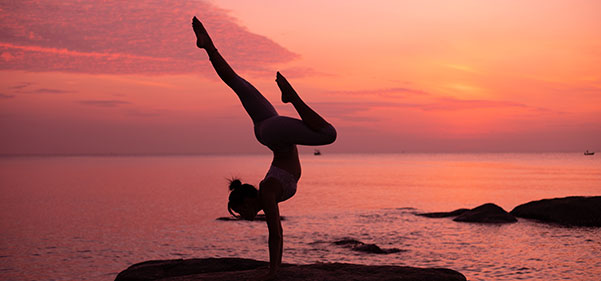Pilates Theory
The theoretical course that is the basis of Pilates learns the principles and spirit of the founder of Pilates, Joseph Pilates. This course, which consists of Introduction to Pilates, Functional Anatomy, and Basic Physiology, is a basic professional knowledge that Pilates instructors must know and how Pilates is designed to scientifically train all muscles of the body. This is a basic Pilates course that understands and utilizes the equipment process to understand Pilates movements.
Course information

Five basic principles including breathing and posture alignment for performing Pilates movements, anatomy education to understand the movement of joints and muscles in each part of the body, physiology to learn the body's response and principles to exercise, and Learn the basics of energy transfer and regulation. Before learning actual movements and teaching, basic education is conducted to develop a fundamental understanding of Pilates movements and professional exercise analysis skills.
Course overview
| functional anatomy | Understanding movement and functional anatomy education based on basic Pilates movements |
|---|---|
| basic physiology | Training for the application of exercise + theory necessary in practice |
| Introduction to Pilates | Pilates theory education essential to know as a Pilates instructor |
Education target
- The general public who wants to be a Pilates instructor or wants to improve physical coordination and muscle strength
- Physical education majors who want correct posture alignment and core stability-based exercise guidance
- Physical/occupational therapy majors who want to apply to exercise therapy based on basic knowledge of physiology/anatomy
Test standard
- Understanding Pilates Concepts and Basic Principles
- Understanding functional anatomy and movement
- Understanding basic physiology and body response to exercise
Test evaluation details
- Posture measurement, body type evaluation, and programming design according to symptoms
- Understanding body movements based on basic Pilates movements
- Understanding the physiological response required in practice



 LOGIN
LOGIN JOIN US
JOIN US

